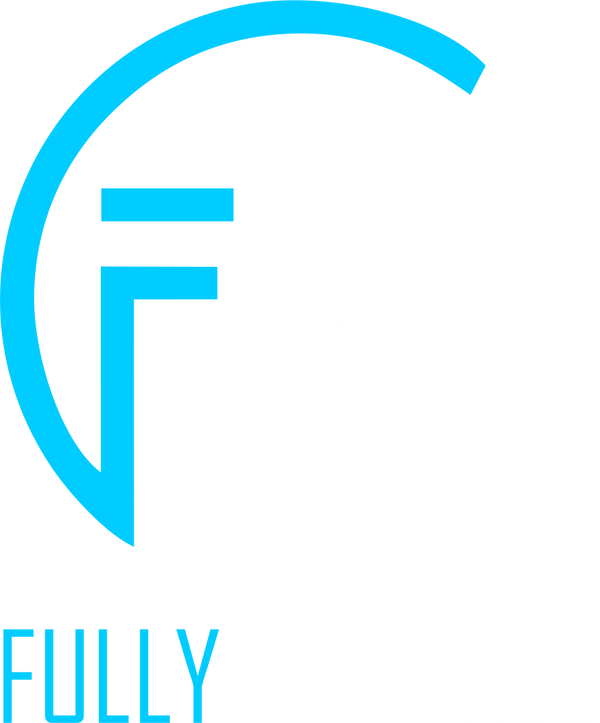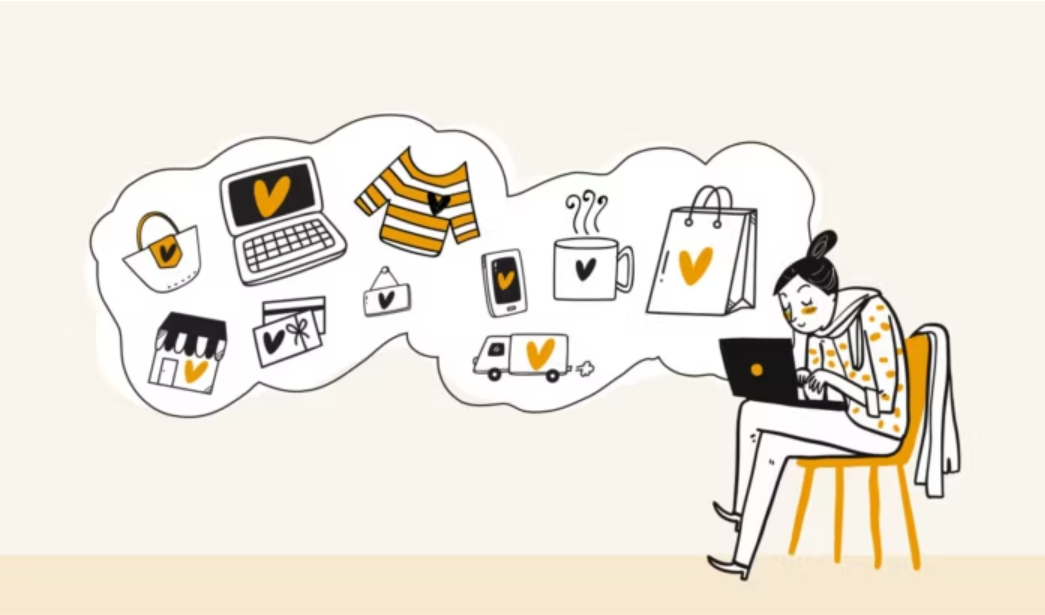In today’s market, standing out with merchandise means going beyond simply printing a logo on products. While a logo is a vital element of branding, there are other creative ways to incorporate your brand’s identity into merchandise that can make a lasting impression. Merchandise should represent your brand's essence, convey its values, and tell a story. To achieve this, it’s crucial to infuse elements that go beyond the logo and bring your brand to life.
In this blog, we'll explore some innovative approaches for weaving your brand’s identity into your merchandise to create a deeper connection with your audience.
1. Utilise Your Brand’s Colour Palette and Visual Style
Incorporating your brand’s colours and visual style in merchandise design is one of the most effective ways to establish a cohesive brand identity. Using your brand’s colour palette across T-shirts, hoodies, and accessories can reinforce recognition and create a consistent look.
Consider using background colours, accents, and patterns that match your brand’s aesthetic. For instance, a brand known for minimalism can use simple and clean designs, while one that is more vibrant can utilise bold patterns and colour-blocking techniques. By aligning merchandise with your brand’s visual style, you create products that are unmistakably associated with your brand.
Tip: Play around with variations by introducing seasonal or event-specific merchandise, using alternative colour combinations while staying true to the brand.
2. Incorporate Taglines, Slogans, and Brand Messaging
Using your brand's taglines, slogans, or any unique phrases associated with your company can add character to your merchandise. Phrases that capture the spirit of your brand make your products more than just items; they become expressions of your brand's ethos. This approach goes beyond logos and engages customers on a more personal level.
For example, if your brand is centred around adventure, using taglines like "Explore More" or "Wander Without Limits" on clothing items creates a sense of identity and belonging for customers who share the same values.
Tip: Use font styles and typography that reflect your brand's personality, ensuring the text adds to the visual appeal rather than detracts from it.
3. Draw Inspiration from Your Brand’s Story
Every brand has a story, and incorporating elements of that story into your merchandise design can add an extra layer of meaning. Whether it’s your brand’s origins, mission, or the experiences that shaped it, these elements can be subtly woven into product designs.
For instance, a company founded in a seaside town might integrate nautical themes or coastal illustrations into its merchandise. This approach allows customers to connect with the brand’s narrative, making the merchandise feel unique and special.
Tip: Include a brief story or description on the product tag to explain the inspiration behind the design, giving customers insight into the brand’s history.
4. Offer Customisation and Personalisation Options
Adding a personal touch to your merchandise can elevate the customer experience. By offering options to customise products, such as choosing colours, adding names, or selecting a design variant, you allow customers to express their individuality while still representing your brand. This flexibility can make merchandise more appealing as it feels tailored to the customer.
Personalisation works especially well for gifts, special editions, or loyalty rewards. It provides a sense of ownership and connection to the brand that goes beyond a standard product.
Tip: Use an online tool that allows customers to preview their personalised items before purchase, enhancing the shopping experience.
5. Use Icons, Patterns, and Illustrations That Symbolise Your Brand
Visual elements like icons, patterns, and illustrations can be powerful tools for representing your brand. These can act as subtle, yet effective, symbols that communicate your brand's identity without being overtly promotional. Icons might be inspired by your brand’s industry, while patterns could reflect a unique visual style associated with your business.
For example, a brand focused on sustainability could integrate nature-themed illustrations, such as leaves or waves, as part of its design. This can resonate with eco-conscious customers and add a thematic touch that aligns with the brand’s values.
Tip: Work with an illustrator or designer to create a set of original icons or illustrations that can be used across different products to maintain consistency.
6. Reflect Cultural, Seasonal, or Event-Specific Themes
Linking your merchandise to cultural, seasonal, or event-specific themes relevant to your brand can make it feel more timely and appealing. For instance, releasing special collections for holidays, festivals, or significant events can boost engagement and excitement.
A winter-themed collection with cosy designs or a summer line with bright, playful graphics can help tie your brand to the changing seasons. Similarly, offering themed merchandise for events like charity runs, trade shows, or anniversaries creates limited-time appeal.
Tip: Ensure that themed merchandise still aligns with your brand's core identity by using familiar design elements or styles, even when experimenting with new concepts.
Conclusion
Infusing your brand’s identity into merchandise involves more than just placing a logo on products. By creatively incorporating colours, slogans, personalisation options, and meaningful design elements, you can turn your merch into a true representation of your brand’s essence. Merchandise that tells a story or offers a unique experience not only enhances brand recognition but also builds stronger connections with your audience.
When done right, branded merchandise becomes more than just a product—it becomes a tool for expressing your brand’s values and identity in a way that resonates with customers. Go beyond the logo, and let your merch tell your brand’s story.

